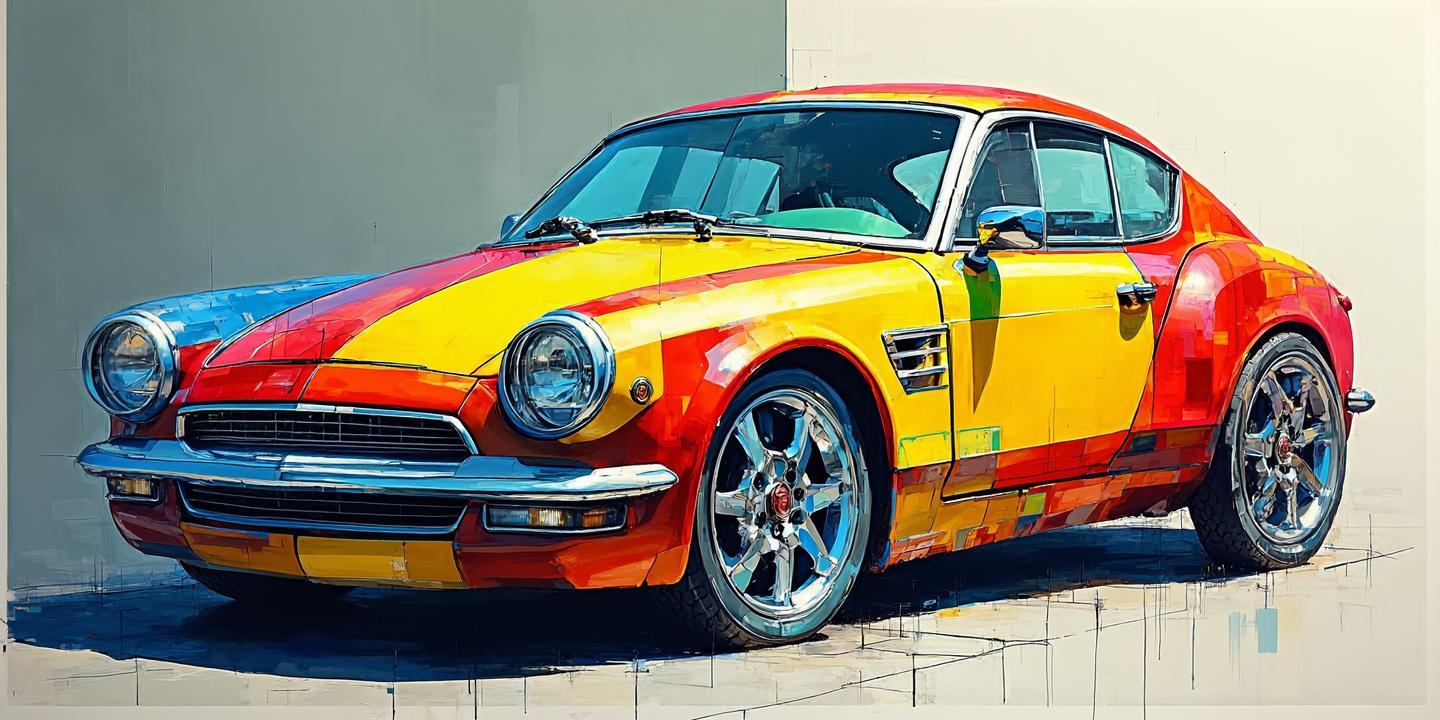
清华大学美术学院(清美)作为顶尖艺术学府,其面试不仅考察专业能力,还通过英语口语环节评估学生的综合素养。以下是清美美术生在英语口语面试中常见的五大类问题及备考建议,结合历年真题和备考经验整理:
一、个人经历与创作理念
1. Introduce your portfolio. Which artwork is your favorite and why?
(介绍你的作品集,最满意的作品及原因)
考察重点:创作思路、艺术表达能力及自我反思能力。
回答技巧:选择体现个人风格的作品,从灵感来源、创作过程、技术手法三方面展开。例如:“My installation Echoes of Nature combines traditional ink painting with 3D printing, reflecting my exploration of sustainability in art.”
参考案例:网页42提到需结合具体作品阐述创作背景和技术特点。
2. Describe a challenge you faced during your creative process. How did you solve it?
(描述创作中遇到的挑战及解决方法)
考察重点:问题解决能力与应变思维。
回答框架:采用STAR模型(Situation, Task, Action, Result)。例如:“When my clay sculpture cracked due to humidity, I researched alternative materials and used resin to preserve the texture.”
参考建议:网页1提到回答挑战性问题需逻辑清晰,突出细节。
二、艺术思维与创新能力
3. How do you integrate traditional art with contemporary techniques?
(如何融合传统艺术与现代技术?)
考察重点:跨领域思考与创新意识。
回答方向:结合具体案例,如数字水墨、VR装置等。例如:“I applied AI algorithms to analyze Song Dynasty landscapes, creating dynamic digital projections that reinterpret brushstrokes.”
参考延伸:网页42强调需对艺术史和科技趋势有深度理解。
4. If you could design a public art project, what theme would you choose?
(设计公共艺术项目的主题及原因)
考察重点:社会责任感与创意落地能力。
答题示例:从社会议题(如环保、文化多样性)切入,例如:“A kinetic sculpture powered by solar energy to raise awareness of renewable resources.”
评分标准:网页50提到需内容具体、逻辑连贯。
三、价值观与艺术认知
5. What qualities do you think an artist should possess?
(艺术家应具备哪些品质?)
考察重点:对职业的理解与自我定位。
回答建议:突出创造力(creativity)、批判思维(critical thinking)、文化敏感性(cultural sensitivity)。例如:“An artist must balance innovation with ethical responsibility, as seen in Ai Weiwei’s works.”
参考来源:网页42提到需结合个人价值观阐述。
6. Who is your favorite artist? How do they influence your work?
(最喜欢的艺术家及其影响)
考察重点:艺术审美与成长轨迹。
答题策略:选择与自身风格关联的艺术家,如草间弥生的波点符号对个人装置艺术的影响。
延伸建议:网页33提到需提前准备相关艺术家背景。
四、对清美的认知与未来规划
7. Why do you choose Tsinghua Academy of Arts and Design?
(为何选择清美?)
考察重点:报考动机与院校匹配度。
回答方向:结合清美特色(如跨学科资源、师资力量),例如:“I aim to explore art-tech integration through the interdisciplinary platform of CAFA.”
参考建议:网页42强调需展现对院校的深入了解。
8. What do you hope to learn at Tsinghua?
(希望在清美学到什么?)
考察重点:学习目标与职业规划。
答题示例:分短期(如数字艺术课程)与长期(如策展实践)目标,例如:“Mastering parametric design tools while collaborating with engineering students.”
五、综合能力与临场应对
9. How do you handle criticism of your artwork?
(如何应对对作品的批评?)
考察重点:心理素质与成长型思维。
回答框架:承认反馈的价值,举例说明改进过程。例如:“A professor suggested simplifying my composition, which led me to study minimalist aesthetics.”
10. Explain the social value of art in one minute.
(阐述艺术的社会价值)
考察重点:快速逻辑组织与表达能力。
答题模板:分文化传播(cultural communication)、情感共鸣(emotional resonance)、社会批判(social critique)三层展开。
备考建议
1. 语言技巧:
使用逻辑连接词(如Firstly, Moreover, Finally)提升连贯性。
避免背诵,以自然对话形式练习(可参考网页64的外教1v1模拟)。
2. 内容准备:
整理作品集英文简介,提炼3-5个核心创作故事。
关注艺术热点(如AI艺术、生态艺术),参考网页33提到的《局部》《圆桌派》等节目积累素材。
3. 模拟面试:
通过角色扮演熟悉流程,邀请同伴或老师进行英语问答模拟。
通过针对性准备,考生可更好地在英语面试中展现专业素养与个人特质,提升录取竞争力。
猜你喜欢:北京校考
